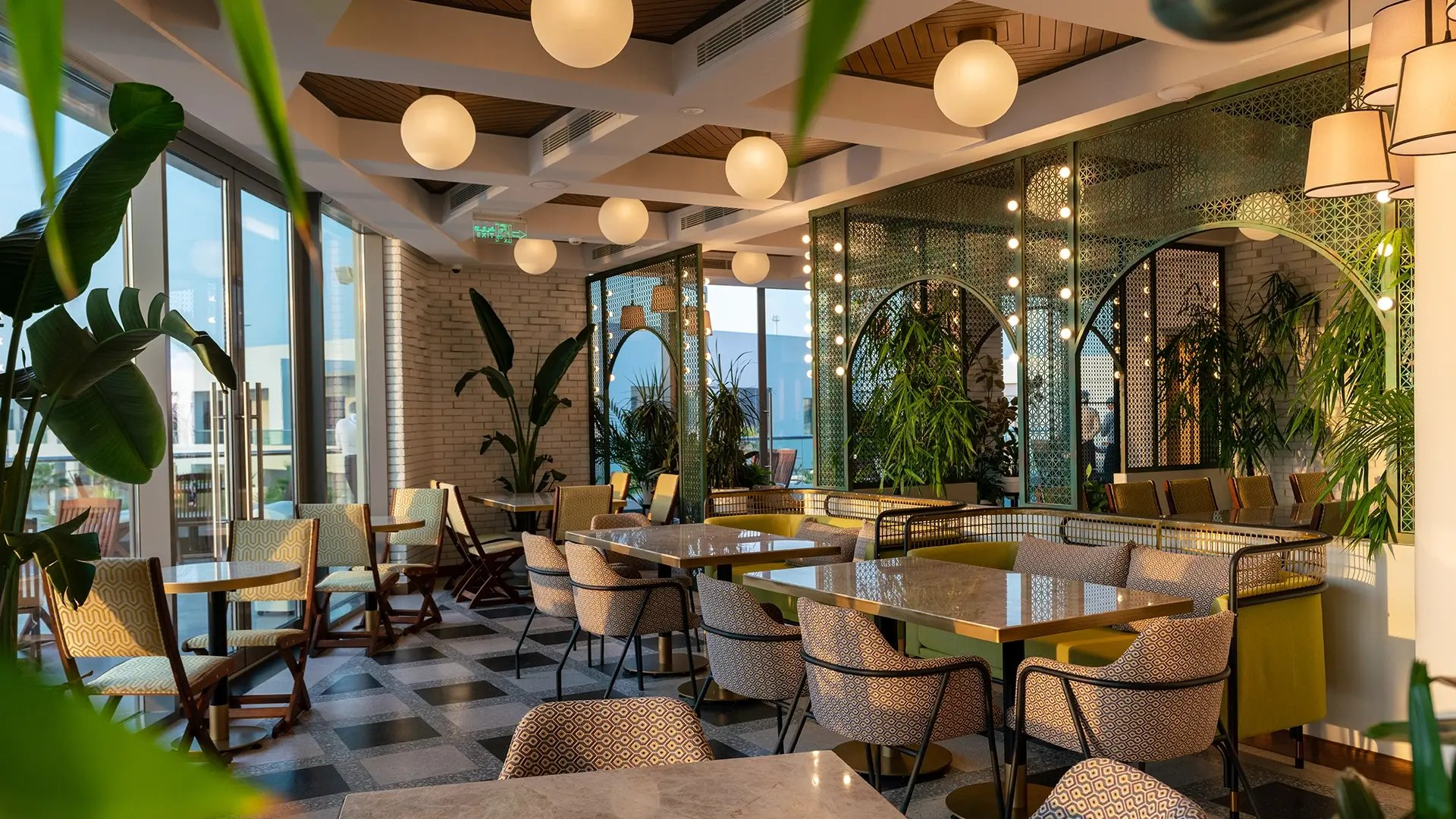A functional fit-out is essential for any business or organization to operate smoothly and efficiently. It involves the design, layout, and construction of a space to meet the specific needs and requirements of its occupants.
There are several key elements that contribute to a successful functional fit-out:
Efficient space planning:
One of the first elements to consider in a functional fit-out is effective space planning. Properly utilising available space is important, especially for businesses operating in smaller areas. The layout should allow for smooth flow and easy movement, with designated areas for different activities such as workstations, meeting rooms, and communal spaces. Fit out contractors in Dubai can assist in creating a floor plan that optimises both space and functionality, ensuring that every square foot is used purposefully.
Customised workstations:
Workstations are a core component of any commercial fit-out. Customising workstations to suit the specific needs of employees or business operations helps increase comfort and productivity. The design of desks, chairs, and storage should be tailored to the nature of the work, with consideration for ergonomics and accessibility. Adjustable desks or modular units can offer flexibility, allowing employees to adjust their workspace to their preferences, which in turn can lead to a more efficient work environment.
Consider custom storage options:
In a functional fit-out, storage is essential for keeping the workspace organized and free of clutter. Adequate storage solutions help businesses avoid unnecessary distractions and maintain a tidy, efficient environment. Custom storage options like built-in shelves, cabinets, or under-desk drawers can increase space and ensure that everything is easily accessible yet neatly stored. The fit-out design should include areas for both personal and shared storage to cater to the varying needs of the business.
Comfortable and collaborative areas:
A functional fit-out should also include spaces that nurture collaboration and communication. Open-plan areas or meeting rooms should be designed to encourage interaction, with enough room for teams to meet and collaborate effectively. Comfortable lounge areas or break rooms can offer employees a space to unwind and refresh, contributing to their overall well-being and productivity. The design of these spaces should support both individual focus and group work, ensuring a balanced work environment.
